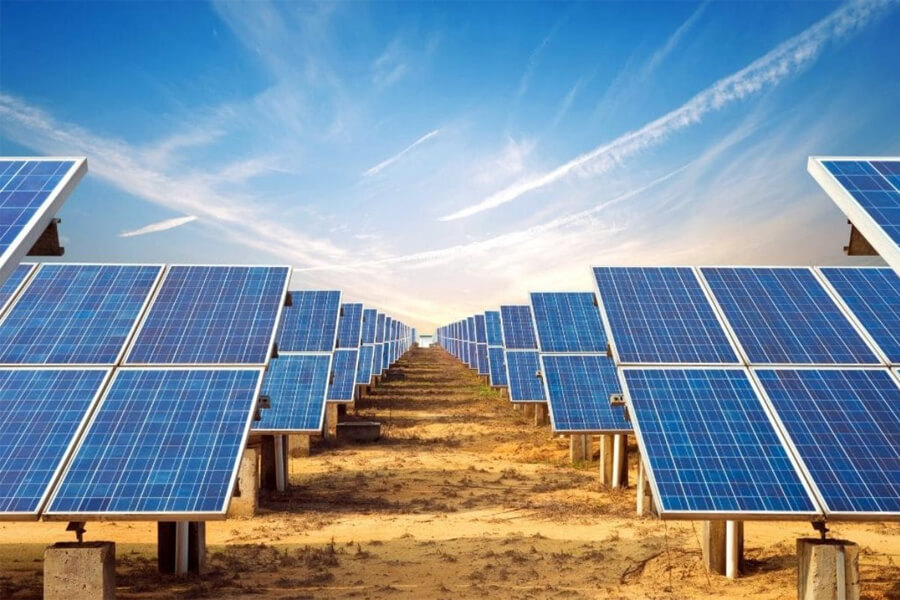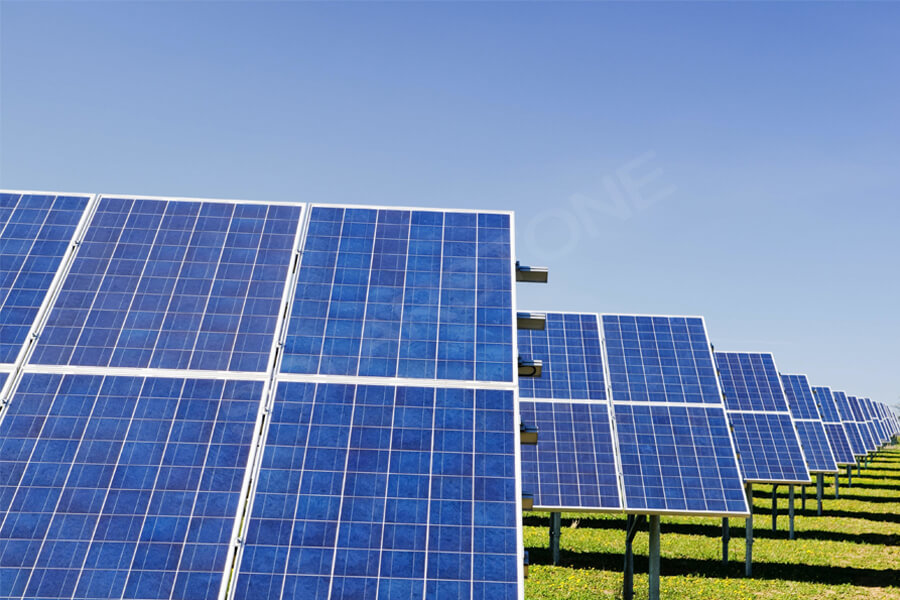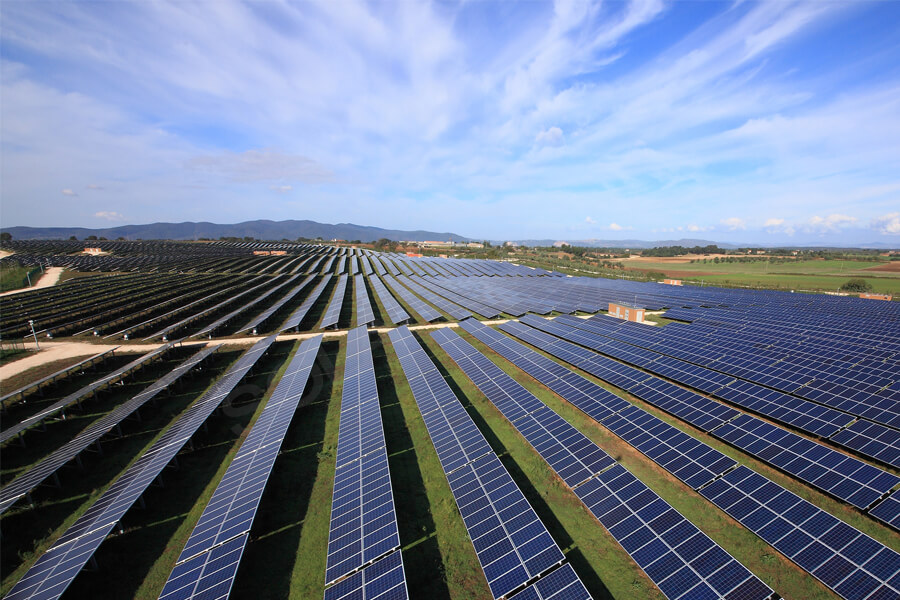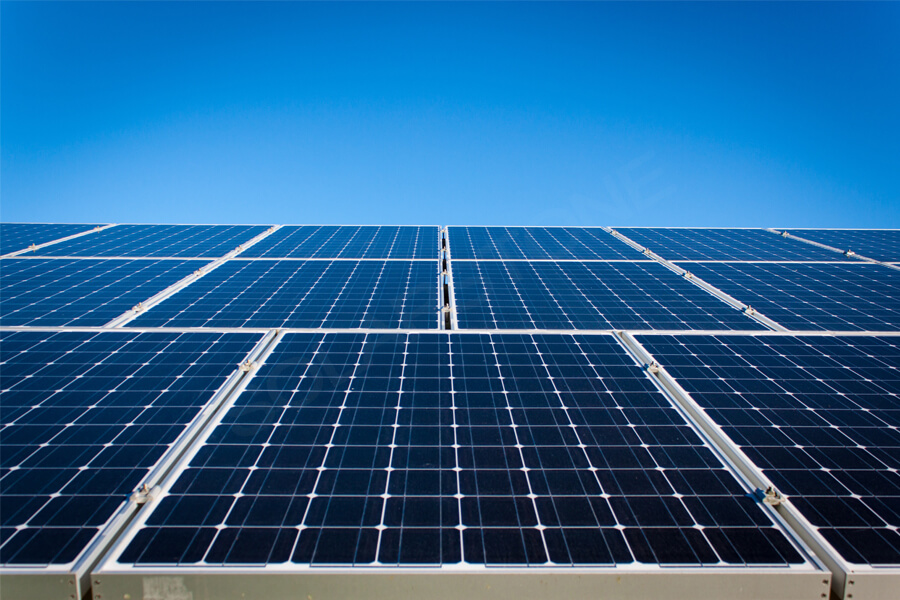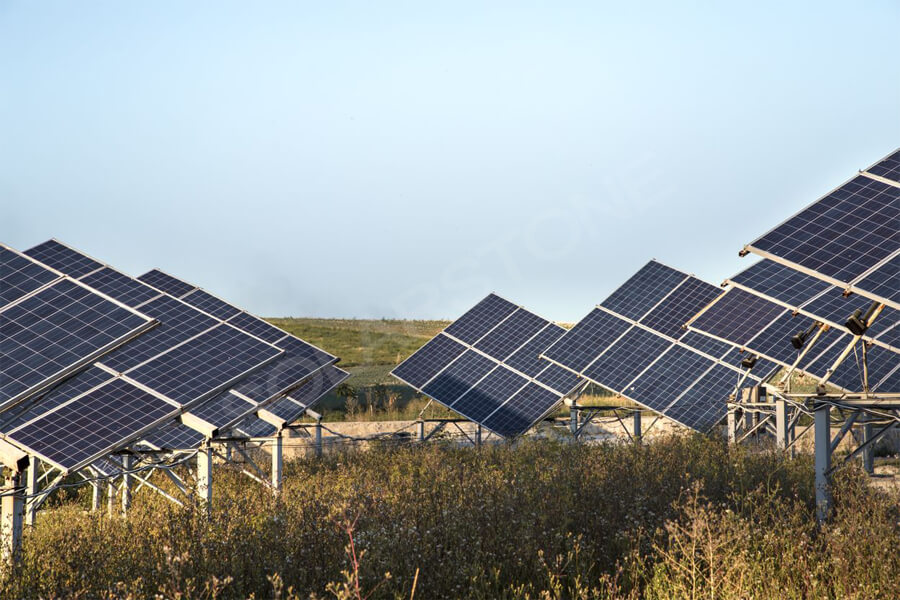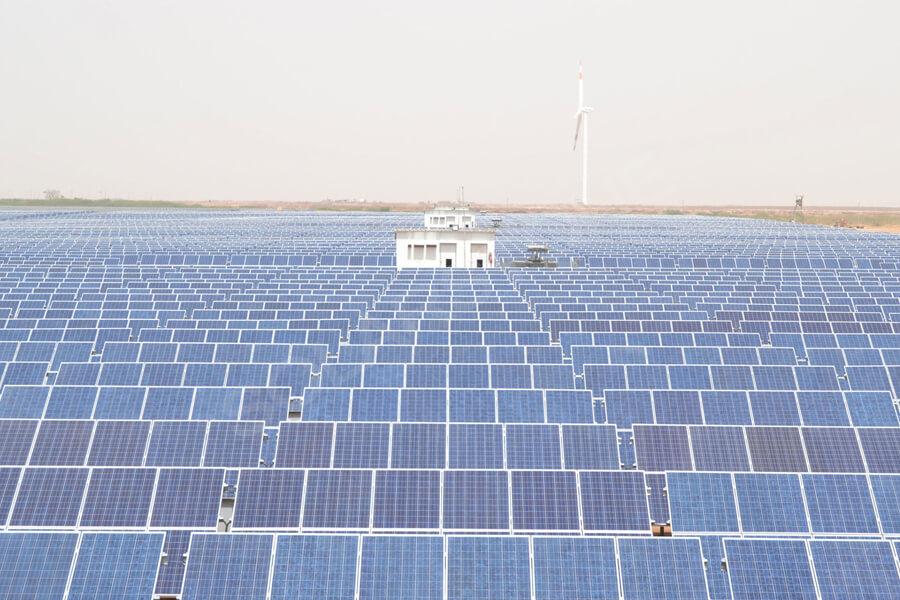The same investment, the same lighting, and a slight attention to design and installation may result in completely different results. How to make the system generate more electricity? Let’s talk about the five factors to pay attention to when increasing photovoltaic power generation. These five aspects can improve the power generation effect of photovoltaic systems!
01 Conversion efficiency of photovoltaic modules
Photovoltaic modules are the most core factor affecting power generation, and the higher the conversion rate of photovoltaic modules, the better the power generation effect. The mainstream material for components is silicon, and the classical theoretical limit for the conversion rate of silicon materials is 29%.
And the record created in the laboratory is 25%. Since the beginning of this century, China’s solar photovoltaic industry has entered a period of rapid development, and the efficiency of solar cells is constantly improving. With the help of nanotechnology, the conversion rate of silicon materials in the future can reach 35%, which will become a “revolutionary breakthrough” in solar power generation technology.
In addition, when installing photovoltaic modules, it is necessary to face the angle and direction with the maximum solar radiation as much as possible. The installation angle is generally the local latitude plus 5 degrees, and the installation angle is generally a bit due south and slightly west.
02 Safe and efficient inverter
The wider the voltage range of the inverter, the higher the power generation. The number of inverters should be minimized as much as possible. The higher the power of the inverter, the higher the efficiency.
The cooling air duct of the inverter is for lower inlet air and upper outlet air. The inverter should be installed vertically, and it is strictly prohibited to install horizontally or upside down. The panel of the inverter should face north and avoid exposure to sunlight.
When installing outdoors, the inverter should be equipped with a rain and sun proof canopy to avoid direct sunlight and rainwater immersion. The inverter is not directly exposed to the sun or other heat sources.
The inverter must be placed in a ventilated space, which can be divided into two types: forced air cooling and natural heat dissipation. The inverter itself is a heat source, and all heat must be emitted in a timely manner. It cannot be placed in a closed space, otherwise the temperature will rise higher and higher.
03 Standardization of system configuration
Some photovoltaic power plant system configurations are pieced together, and the components used may not be poor, but the effect of pieced together is greatly reduced.
A perfect standardized system must undergo countless matching tests, data comparisons, system debugging, installation demonstrations, and ultimately achieve a perfect and stable power generation to form a perfect system. Such a system is called a standardized system.
04 Reduce losses
Line loss, the DC photovoltaic line should be as short as possible, and the distance between the inverter and the meter should also be short. The line loss of the DC and AC circuits of the system should be controlled within 5%.
For this reason, it is necessary to use wires with good conductivity in the design, and the wires need to have sufficient diameter. Cutting corners and materials are not allowed in construction. During system maintenance, special attention should be paid to whether the connectors and wiring terminals are secure.
Combined loss, any series connection will cause current loss due to the current difference of the components; Any parallel connection will cause voltage loss due to voltage differences between components;
The combined loss can reach over 8%, and the standard of the China Engineering Construction Standardization Association is less than 10%.
In order to reduce combination losses, components with consistent current should be strictly selected for series connection before installation in the power plant.
The attenuation characteristics of the components should be as consistent as possible. According to the national standard GB/T 9535, the maximum output power of solar cell modules shall not exceed 8% attenuation after testing under specified conditions. Isolation diodes are sometimes necessary.
05 Daily Operation
Develop the habit of regularly checking power generation, followed by the fact that photovoltaic modules are the core part of photovoltaic power plants, determining the size of power generation.
This mainly includes the frequency of component cleaning, replacement and maintenance of faulty components, and the treatment of weeds between arrays to prevent weed shadows from falling on the surface of the components. Real time monitoring and regular maintenance, just like your own car.


